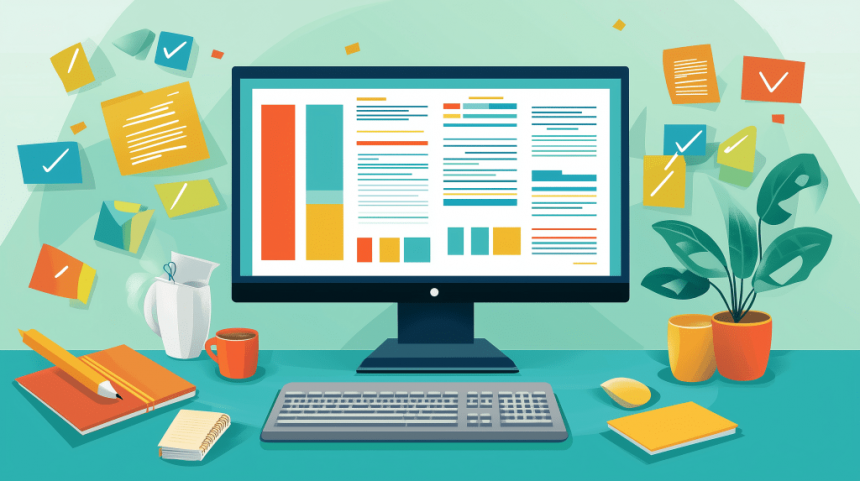OpenAI Enhances ChatGPT’s Canvas Feature with Change Tracking
In a significant update for users of ChatGPT, OpenAI has unveiled enhancements to its Canvas feature, aimed at streamlining the editing process for chatbot responses. Originally launched in early October for paid users, the Canvas functionality now allows subscribers to see the modifications made by the AI, a welcome adjustment following requests from its community of developers.
The newly introduced "show changes" button highlights recent alterations in the generated text or code. Modifications are visually distinguishable: additions are marked in green while deletions are indicated in red. This upgrade is in line with features common in established editing platforms like Google Docs and Microsoft Word, where tracking changes has become a standard practice.
While Canvas offers users the ability to provide comments and additional instructions to refine the AI’s responses—fostering interactive editing—its availability remains limited. Currently, users can access Canvas only through the web version of ChatGPT available to Plus, Teams, Enterprise, and Edu subscribers. Those utilizing the Mac app or the newly-released Windows version of ChatGPT will have to wait for Canvas to become integrated into these platforms.
The demand for a tracking feature was made clear by OpenAI’s developer X account, which acknowledged that users have sought such functionality since Canvas’s inception. Although the new features are a step forward, some developers still express the need for deeper integration with code repositories like GitHub.
In comparison, competitors like Claude, developed by Anthropic, offer advanced functionalities through their Artifacts feature. This tool not only allows users to edit and generate code but also provides a dedicated window to visualize and test code execution immediately, enabling developers to see the impact of changes in real-time. Unlike Canvas, which is confined to the ChatGPT interface, Artifacts can be used across different platforms, making it a versatile choice for users on the go.
As both Canvas and Artifacts continue to evolve, they highlight a competitive shift in AI chat platforms. With features that encourage users to remain within a single interface for various tasks, the industry may be on the brink of a new phase in user experience design. As developers explore these tools, they could redefine how we interact with AI technologies in our daily workflows.



